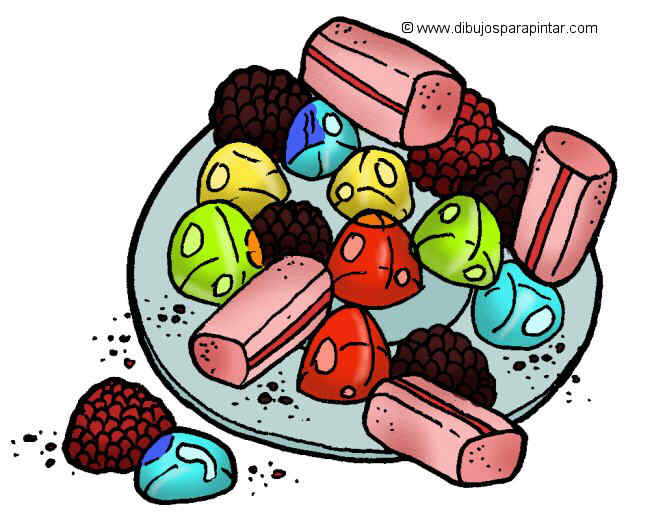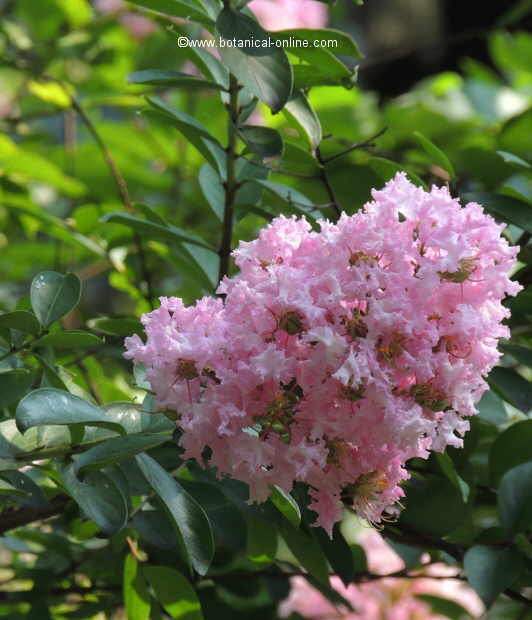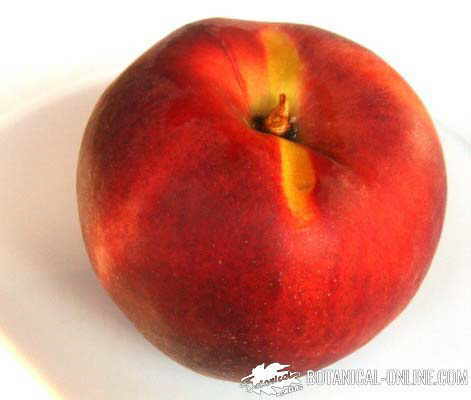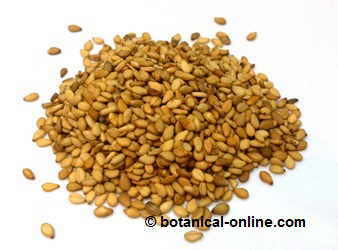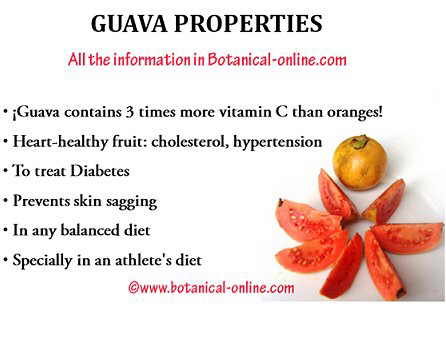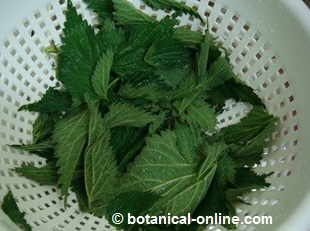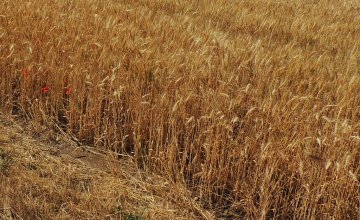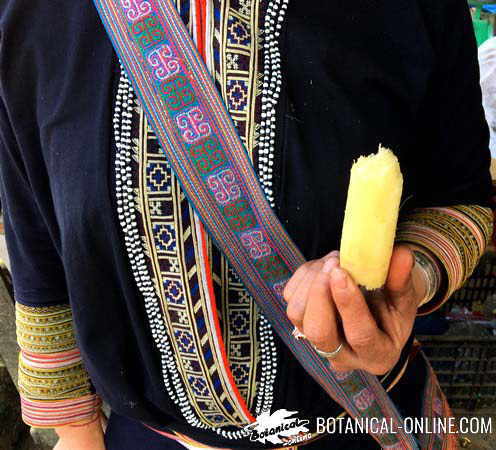What is a greater plantain plant?
Characteristics of greater plantain (Plantago major)
Common noun: Greater plantain
Scientific noun: Plantago major L.
Family: Plantain family – Plantaginaceae
Habitat: In cultivation lands by the side of the roads, in rich fields and farms.
Description of Greater plantain
Perennial plant of the Plantain family – Plantaginaceae. Leaves till 15 cm long, in rosette; oval or elliptic, glabrous. Limb with a similar length to the petiole. Flowers in a spike at the top o a long stalk. Very little corolla, about 3 mm wide, yellowish, with purple anthers when young becoming yellow at the maturity.

PHOTO OF GREATER PLANTAIN
PLANTAGO MAJOR L.
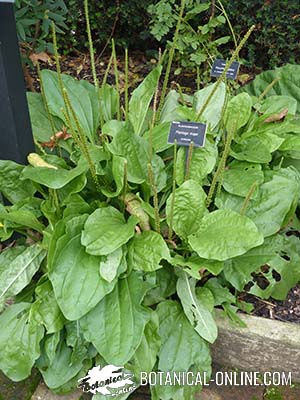
Picking-up and storing Greater plantain
Their leaves must be collected in spring or summer. They must be kept in the shade inside clean airtight containers.
Components of Greater plantain
- Fiber (plant): Mucilage
- Sugars: saccharose, fructose, sorbitol, aucubin(Plant)
- Protein
- Acids: Oleic, linoleic (seeds), salicylic, caffeic, citric, ferulic, planteolitic, chlorogenic (plant), fumaric (leaves)
- Alkaloids: Plantagonine, indicaine
- Choline
- Invertin
- Tannins
- Flavonoids: luteolin, nepetin, noscapin
- Amino-acids: apigenin (leaves)
- Vitamins: Ascorbic acid (vitamin C)
- Minerals: Potassium (Plant)
Uses of Greater plantain
Greater plantain as an edible plant: Young leaves of plantains (Plantago major, P. minor, P. lanceolata) are edible. They can be eaten in salads, together with another vegetables, or they can be cooked.
They are very rich in vitamin C – Till 19 mg each 100 g at the beginning of spring. They also contain vitamin A and calcium. Anther possibility is to fry them. However, when they grow older, even though they are eatable, they become fibrous and present a very hard taste. So, it is better to eat them young.
The floral stems can also be eaten. The are rich in thiamin (Vitamin B1). The dry ground seeds can be used to flavor many meals or they can be used to cook a kind of paste that can be cooked as sago. (Something similar to tapioca)
Plantains are often food for herbivores, being one the usual nourishment for rabbits or caterpillars. Many birds feed themselves with the seeds.
Greater plantain as a medicinal plant: Diuretic, hemostatic, constipation, vulnerary…
Contraindications of Greater plantain
No contraindications have been reported except some allergic reactions to some people.
Another species of plantains:
- Narrowleaf plantain (Plantago lanceolata) It differs from greater plantain in its lanceolate leaves, that become progressively narrow at the base. It has also got longer filaments in the stamens. Its medicinal properties are similar.
- Hoary plantain (Plantago media) It shows elliptic leaves covered with silky hairs. The leaf stems is shorter and flatter. Medicinal properties are similar to the previous ones.
![]() More information on medicinal plants
More information on medicinal plants

